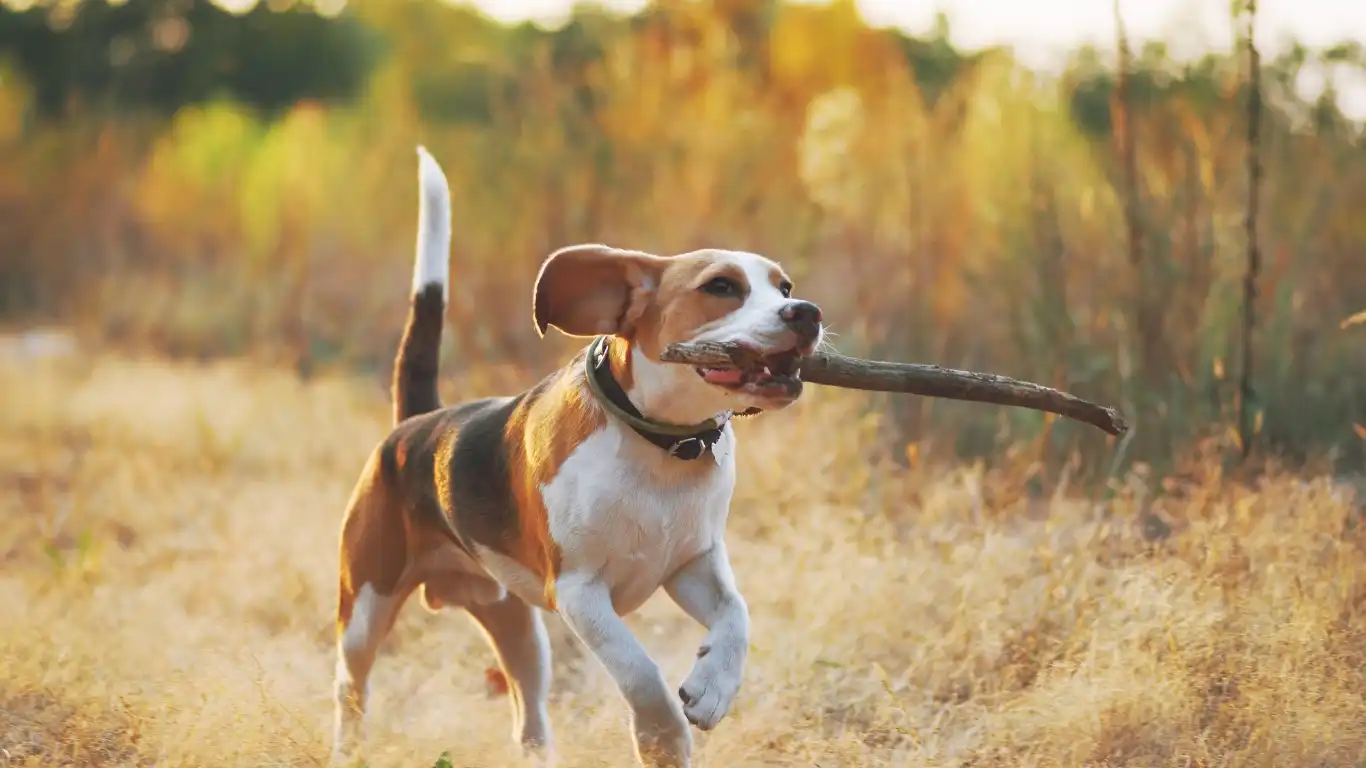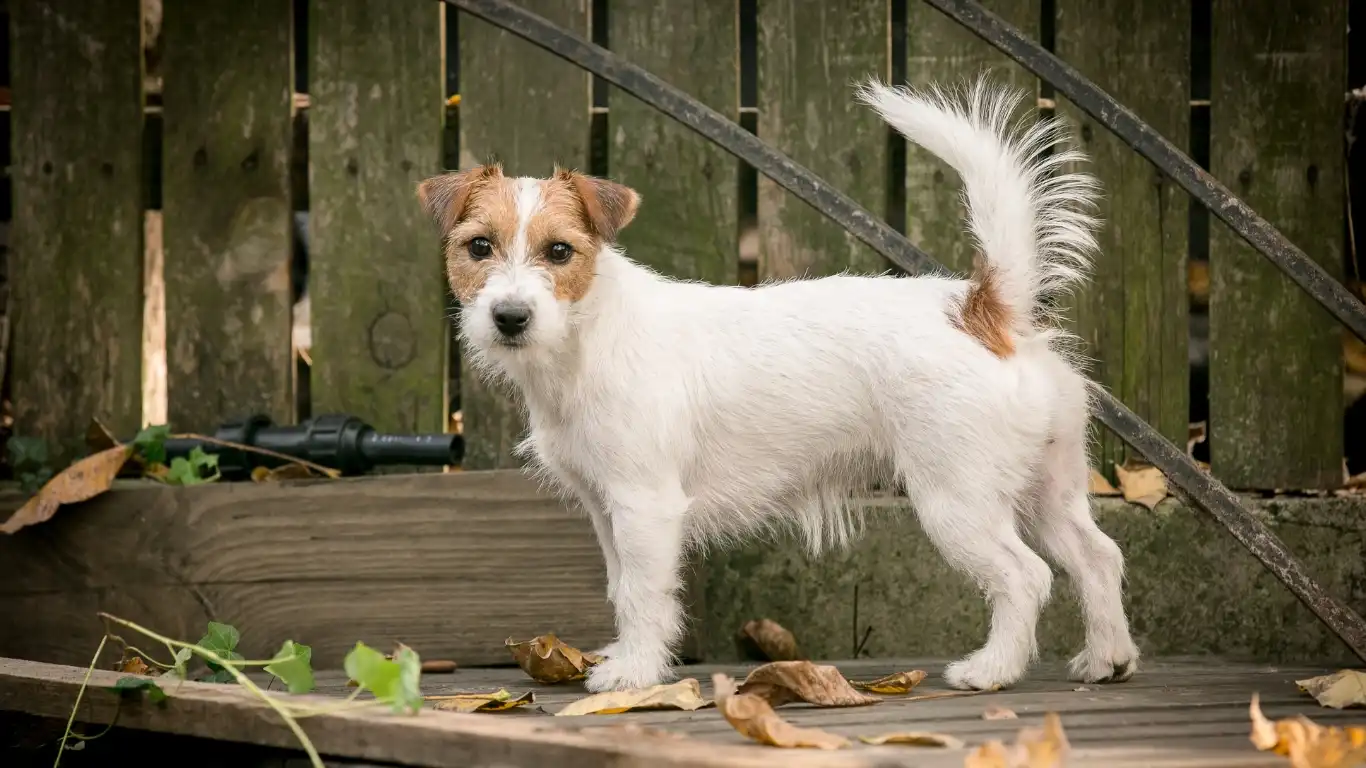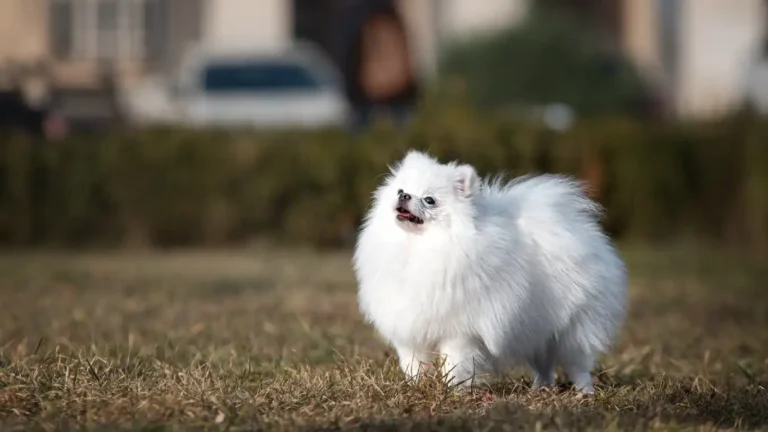Proven Ways to Stop Fence-Jumping Dogs Fast
Keeping a dog from jumping fences is one of those challenges I see a lot in my day-to-day as a Veterinary Technician, especially working closely with pet parents who are frustrated and at their wit’s end. If you’re wondering how to keep a dog from jumping fences, you’re not alone—and trust me, it’s not always as simple as just building a taller fence. I’ve had plenty of conversations in the clinic with dog owners who thought their 6-foot privacy fence was enough… until they caught their pup mid-air like some kind of furry Olympian. Let’s break down the real reasons dogs do this and how to stop it—without stressing them (or you) out.
Understanding Why Your Dog Jumps the Fence

It’s Not Just About Height—It’s About Motivation
Most dogs don’t just jump fences for fun. They’re usually chasing something—freedom, boredom relief, squirrels, or even neighborhood dogs. In my experience, certain breeds (I’m looking at you, Huskies and Shepherds) are especially determined escape artists. But even the chillest dogs can suddenly become aspiring stuntmen if something exciting is on the other side of the fence.
Boredom Is a Huge Factor
Let me tell you—when I see patients who are frequent fence jumpers, one of the first things I ask is, “How much exercise is your dog getting?” Nine times out of ten, the answer is, “Not enough.” Dogs are smart, energetic, and curious. If they’re not mentally and physically stimulated, they’ll make their own fun. Unfortunately, that sometimes involves a leap over the backyard barrier.
How to Keep a Dog from Jumping Fences: Practical Solutions That Actually Work

Enrichment First, Fencing Second
Before you even think about hardware solutions, let’s talk enrichment. A well-exercised, mentally stimulated dog is far less likely to try and escape. Here are a few quick wins:
- Daily Walks: And not just quick bathroom breaks. Aim for at least 30–60 minutes of real walking time.
- Interactive Toys: Puzzle feeders and treat-dispensing toys can keep your dog engaged when you’re not around.
- Training Sessions: Dogs love learning. Even 10 minutes a day of basic commands or new tricks can make a difference.
I had one client whose Labrador kept clearing the fence daily—turns out, she was home all day but not spending time engaging the dog. We added two walks, a flirt pole session, and a rotating toy schedule. Guess what? No more fence jumping.
Fence Modifications That Work
Alright, let’s talk gear. Not every fix needs to be expensive or complicated. Here are some tried-and-true options:
- Angled Extensions: Adding a 45-degree inward angle to the top of your fence makes jumping way harder.
- Coyote Rollers: These spinning bars on the top of your fence stop dogs from getting a grip. They’re genius.
- Plant Barriers: Dense shrubs or hedges in front of the fence can make jumping less appealing and harder to pull off.
- Privacy Panels: Some dogs jump because they can see out. Blocking their view often reduces their desire to leap.
Training: Your Secret Weapon
Honestly, no matter how secure your fence is, training is what makes everything stick. One of my favorite things to teach is a strong recall command and a “leave it” or “stay” near the fence line. You can even create a boundary training zone using flags or chalk to help your dog visually learn where not to go. Positive reinforcement is key here—never punish for escape attempts, but reward like crazy when they stay put.
Know Your Dog’s Triggers and Work With Them

Every dog is different. Some get triggered by the neighbor’s dog, others by the mail carrier. One of my patients, a super sweet Pit mix, only jumped when the garbage truck came by. Once we figured that out, the owner started using that time as a training opportunity—worked like a charm. Observe your dog and try to pinpoint exactly what sets them off. That info is gold when it comes to creating a plan that works.
When Behavior Issues Go Deeper Than the Fence

Separation Anxiety: The Hidden Culprit
Now here’s something I see pretty often in the clinic that folks don’t always think about: separation anxiety. If your dog only jumps the fence when you’re not home, this could be the underlying issue. Dogs with anxiety aren’t necessarily trying to escape the yard—they’re trying to get to you. I remember one particularly sweet Golden Retriever named Max who cleared his 5-foot fence like a gymnast every time his owner left for work. We eventually figured out it wasn’t the squirrels or boredom—it was pure panic over being alone.
For pups like Max, the fix wasn’t a taller fence—it was a combination of desensitization training, calming routines, and sometimes even vet-recommended supplements or behavior meds. If this feels familiar, chat with your vet or a certified behaviorist. Trust me, addressing the anxiety head-on will go much further than reinforcing the fence again and again.
Neutering and Hormones Can Play a Role
Not to get too technical, but hormones are no joke when it comes to roaming behavior. Intact males, especially, often have that extra drive to bolt the second they catch a whiff of a potential mate. It’s not disobedience—it’s biology. If your male dog is constantly escaping and hasn’t been neutered, it might be time to have that talk with your vet.
I’ve seen more than a few cases where neutering significantly reduced the urge to wander (and jump fences in the process). Of course, every dog is different, and hormones aren’t the only factor—but they’re a major one, especially in younger, energetic males.
Tools and Tech That Can Help You Stay Ahead of Escapes

GPS Collars and Smart Trackers
If you’ve got an escape artist on your hands, even with all the precautions, you might want to add a little backup. GPS collars have come a long way. Some of the newer models send alerts straight to your phone if your dog leaves the designated “safe zone.” One of my clients swears by hers—her beagle used to be halfway down the block before she even realized he was out. Now? She gets a ping the moment he makes a move.
These tools aren’t replacements for training or proper fencing, but they can give you some serious peace of mind.
Security Cameras Aren’t Just for Humans
Okay, so this one’s a personal favorite. I installed a simple outdoor cam in my backyard after seeing too many patients come in with cuts and scrapes from their outdoor adventures. Not only does it help me monitor my own pup’s habits, but I’ve been able to help clients figure out exactly how their dog is escaping—some of them are surprisingly sneaky. Like, “use the compost bin as a launchpad” sneaky.
Setting up a camera might seem a little over-the-top, but it can reveal key details: where your dog starts, what triggers the behavior, and what times it usually happens. Plus, it’s oddly entertaining. You’d be surprised how many dogs do a “victory lap” after clearing the fence.
Environmental Enrichment That Goes Beyond Toys

Build a Dog-Friendly Backyard
Let’s talk yard upgrades—not just for containment, but for engagement. I’ve seen some really cool dog yards over the years, and the ones that work best are full of texture, scent, and variety. One of my favorite setups included a digging pit (yes, on purpose), a shaded chill zone, a small water splash pad, and even a “sniff garden” with dog-safe herbs like lavender, mint, and rosemary.
Giving your dog something to do in the yard makes them less likely to go looking for fun elsewhere. Boredom is a powerful motivator, and if you fill your space with dog-friendly features, it helps redirect that energy in a positive way.
Rotate Toys and Add Challenges
Don’t just leave the same chew toy out every day. Dogs are like kids—they get bored. I recommend keeping 3-5 different toys and rotating them out every few days to keep things fresh. Add in some treat puzzles or scent games (hide treats under flower pots or inside snuffle mats) to make the yard a mental playground.
I had a client whose Border Collie was jumping the fence every single day—until we introduced a mini obstacle course in the backyard. Nothing fancy, just a few cones, a tunnel, and a tire jump. That dog was so focused on beating his “record,” he stopped trying to leave. True story.
Working With Professionals: When It’s Time to Bring in Backup

Certified Dog Trainers and Behaviorists
Sometimes, no matter how much effort you put in, your dog just keeps finding new and creative ways to jump that fence. And hey, there’s no shame in that—I’ve seen everything from dogs scaling vertical wood planks to squeezing through impossible gaps. If you’ve tried all the enrichment, training, and fence upgrades and nothing seems to stick, it might be time to consult a certified dog trainer or veterinary behaviorist.
One of my favorite collaborations was with a trainer who worked with a high-energy cattle dog that constantly jumped the backyard fence—turns out, the issue wasn’t behavioral at all, but a lack of proper job fulfillment. These breeds need a purpose. Once the owner added structured scent work sessions and agility classes, the jumping stopped. Poof. Just like that.
Make sure the trainer you choose uses positive reinforcement methods—avoid outdated dominance-based approaches that rely on fear or punishment. Your dog should be learning what you want them to do, not being scared out of doing something else.
Veterinary Support Matters Too
As a vet tech, I’m a big believer that behavior and health are two sides of the same coin. If your dog has suddenly started trying to escape when they never did before, a vet check-up is a smart move. Pain, discomfort, or neurological issues can manifest as odd or out-of-character behaviors—yes, even fence-jumping.
There’s also the nutritional angle. I once had a client whose anxious dog calmed down significantly after switching to a high-quality, balanced diet. It wasn’t a miracle cure, but it definitely helped. Nutrient deficiencies or too much filler and sugar (yep, it’s a thing) can throw your dog’s whole system off. That’s where my nutrition specialization comes in handy—we dig a little deeper than just kibble versus raw.
How to Keep a Dog from Jumping Fences: Routine Is Your Best Friend

Consistency Over Perfection
One of the biggest things I tell pet parents? Be consistent. Your dog won’t learn boundaries if they’re only reinforced “sometimes.” Set up a predictable daily routine that includes:
- Exercise: Daily walks and play sessions—don’t skip weekends.
- Training: Short, fun sessions to reinforce commands and good habits.
- Alone Time Practice: Teach your dog that being alone is okay, even for short bursts.
- Supervised Yard Time: Especially early on—don’t just assume your fence is enough.
I had a client who started setting a timer for their pup’s outside time—10 minutes of supervised play, then back inside with a chew toy. After a few weeks of that structure, the dog stopped pacing along the fence and just chilled. It’s about creating a safe and predictable world for your dog so they don’t feel the need to escape it.
Every Dog Is Different—And That’s Okay
One last thing I want to leave you with: what works for one dog might not work for another. Some pups respond best to training, others need environmental changes, and some just want more time with you. Keep trying different strategies until you find what clicks.
It’s easy to get discouraged when your dog keeps jumping the fence, but trust me, there is a solution—you just have to look at the whole picture. The most successful cases I’ve seen come from owners who approach the issue with patience, curiosity, and a willingness to adapt. If you’re here reading this, I already know you care enough to do just that.
References
- American Veterinary Medical Association
- ASPCA
- Certification Council for Professional Dog Trainers
- PetMD
- Cornell University College of Veterinary Medicine
Disclaimer
This article is for informational purposes only and does not replace professional veterinary advice. Always consult with your veterinarian or a certified behaviorist regarding any concerns with your dog’s health or behavior.






